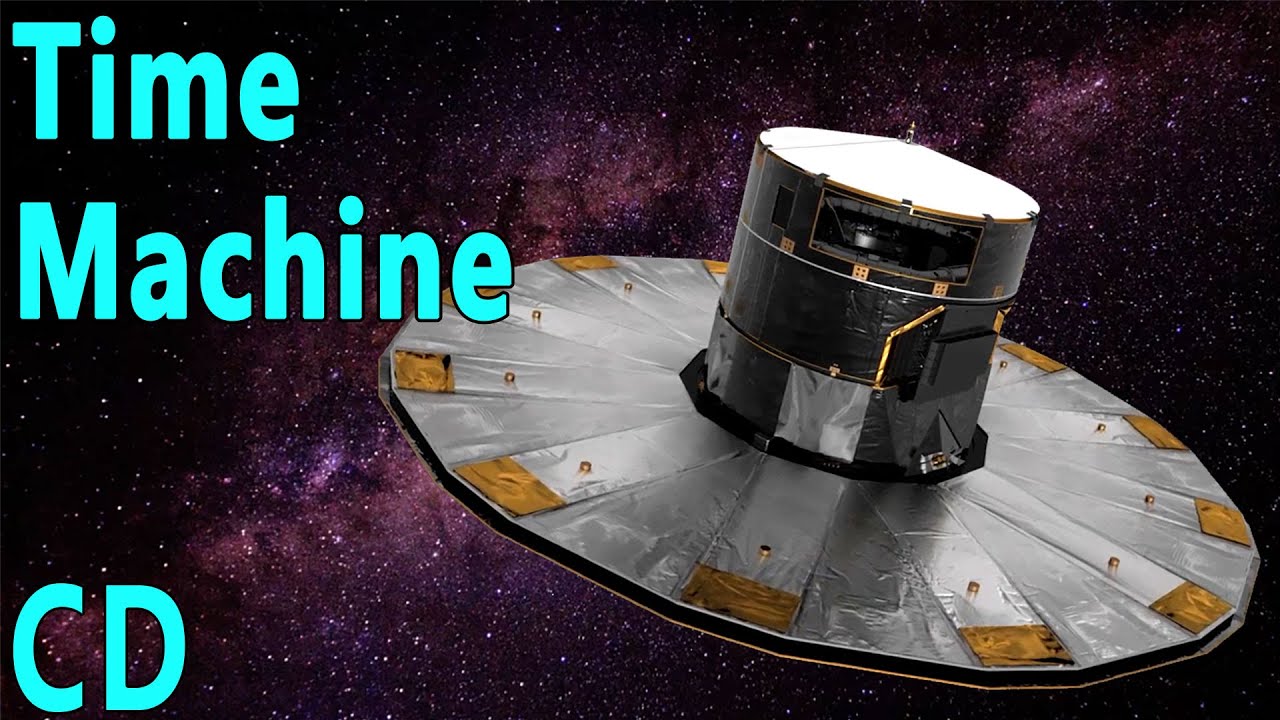The European Space Agency’s Gaia spacecraft was launched in 2013 and operates at the Sun-Earth Lagrange point L₂, allowing it to observe the whole sky over a period of a year while receiving constant sunlight for its solar panels and uninterrupted communications with Earth. Its primary mission is to map around a billion stars in the Milky Way galaxy, recording not just their positions on the sky but also distance computed from stellar parallax, proper motion (motion through the galaxy over time), apparent magnitude, and spectral type. This allows reconstructing stellar flows through the galaxy and identifying stars which formed in other galaxies which have since merged with the Milky Way.
In addition, Gaia has detected tens of thousands of asteroids and comets, found large exoplanets through precision astrometry, and observed half a million quasars in distant galaxies. Gaia’s mission has been extended beyond its nominal end in 2019, and the spacecraft is expected to operate into 2025 when its positioning thruster propellant will be exhausted. Data returned to Earth so far is around 200 terabytes uncompressed, transmitting compressed data at a rate of 5 megabits per second for eight hours a day.
The Milky Way galaxy is large. Gaia’s billion star map accounts for only around 1% of the stars in our galaxy. Data from Gaia are released in a series of Gaia catalogues, which are freely available from the Gaia ESA Archive.
